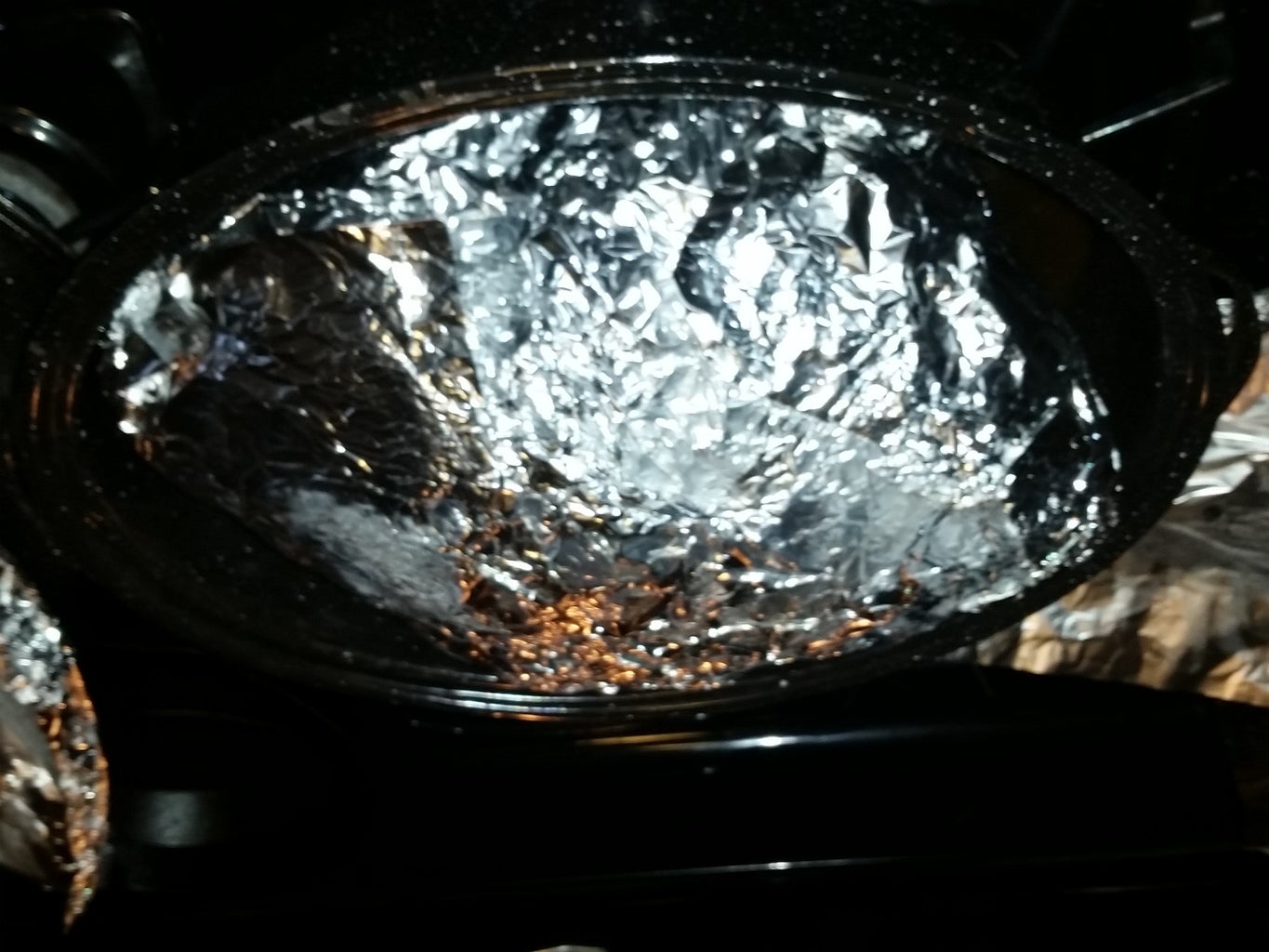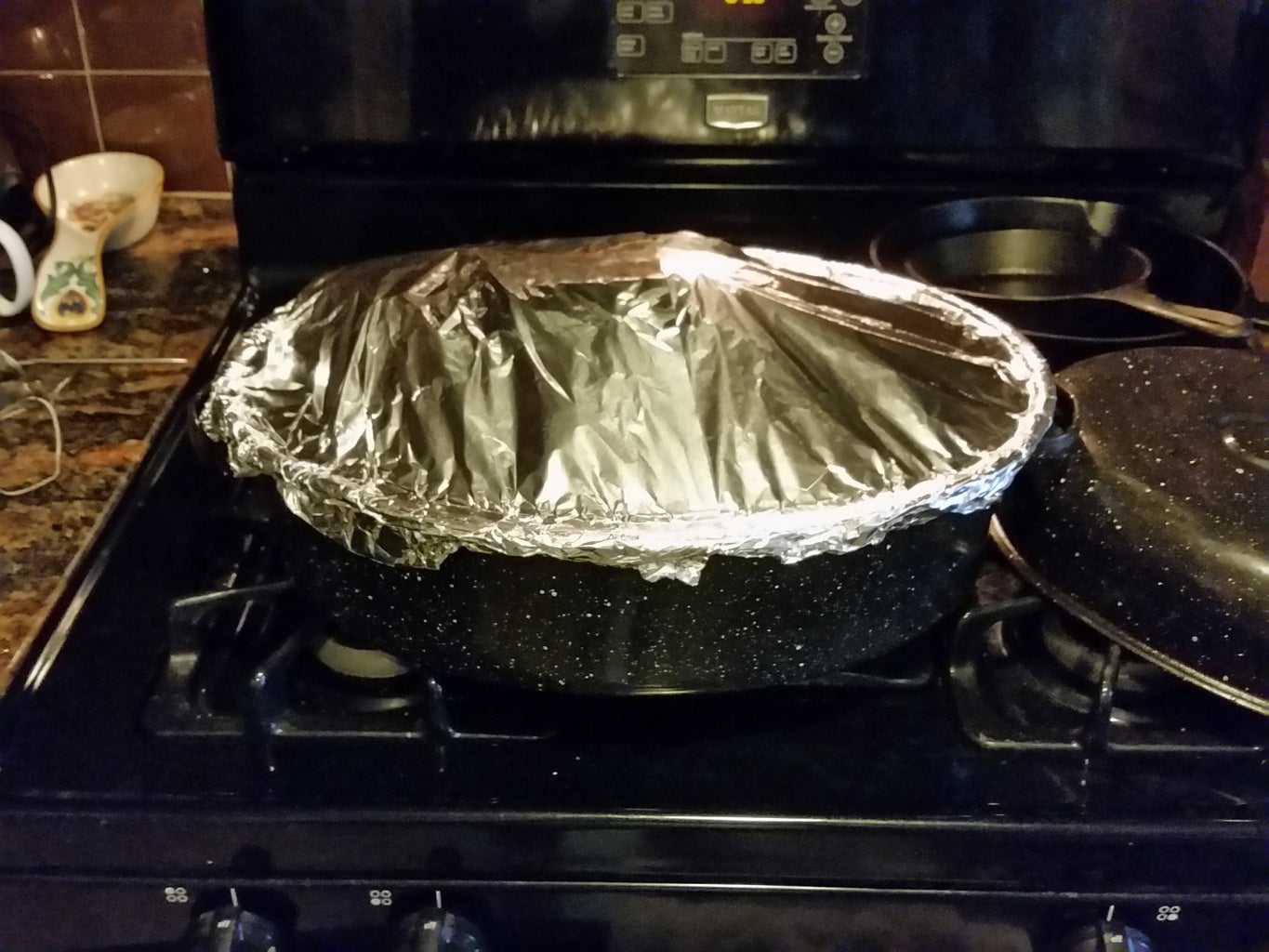As a busy home cook preparing for the holidays I’m always seeking ways to simplify cooking while still delivering maximum flavor. When it comes to baking ham, a common question is whether soaking is necessary before popping it in the oven. In this article I’ll provide a complete guide to soaking ham including when it’s needed and proper techniques.
Why Soak Ham Before Baking?
Here are the main reasons for soaking ham prior to baking:
- Removes excess salt from dry-cured or country hams.
- Makes the meat more tender and easier to slice.
- Allows seasoning and spices to penetrate deeper.
- Shortens overall cooking time.
- Helps the ham retain moisture during baking.
Keep in mind that soaking is only required for very salty uncooked hams. Precooked hams can typically go straight into the oven.
Soaking Duration for Hams
The soaking time depends on the size and saltiness of the ham
-
Small hams (under 8 lbs) – 12-24 hours
-
Large hams (over 10 lbs) – 24-48 hours
-
Extend soaking time for very salty country hams
-
Change the water every 8-12 hours while soaking
For accurate timing, check the instructions from your ham supplier. Soaking too little can leave the ham very salty, while oversoaking will make it bland.
Step-by-Step Guide to Soaking Ham
Follow these steps for properly soaking a ham:
-
Rinse ham under cold water to remove any surface mold or debris. Do not scrub.
-
Place ham in a large container and cover completely with cool water. Use a trash can or stockpot for large hams.
-
Refrigerate ham while soaking to keep it cold.
-
Change the water every 8-12 hours, more often for very salty hams.
-
Pat ham dry before transferring it to the roasting pan.
Soaking Liquid Options
While plain water works fine, you can also soak the ham in other liquids:
-
Apple juice or cider – Adds sweetness
-
Wine or beer – Infuses flavor
-
Milk – Helps tenderize
-
Equal parts water and vinegar – Helps draw out salt
Avoid adding seasonings like garlic, peppercorns or bay leaves as they can make the ham taste cured or pickly.
Should You Soak a Spiral-Cut Ham?
Spiral-cut hams are already fully cooked and ready to heat and serve. They do not require soaking unless you want to infuse extra flavor. Soak for just 1-2 hours in juice, wine, broth or soda.
Signs Your Ham Needs Soaking
How can you tell if a baking ham needs soaking? Here are some signs:
- The label says “country ham” or “dry-cured.”
- No cooking instructions are given.
- The ham feels very firm and dry.
- Cutting a piece and tasting it is extremely salty.
When in doubt, soak it! A few hours is a small price to pay for tender, properly seasoned ham.
Can You Skip Soaking if Short on Time?
If you don’t have time to soak the ham, here are some alternatives:
-
Soak for the minimum recommended time, even just 8-12 hours. Some salt removal is better than none.
-
Start baking the ham at a lower temperature, around 250°F, to allow a long, slow cook.
-
Score the ham deeply before baking so seasoning and glaze can penetrate.
-
Plan on extra time for soaking and rinsing during cooking to leach out salt.
While not ideal, there are ways to compensate if you can’t soak the full time.
Tips for a Flavorful Baked Ham
To get the most flavor out of your baked ham, keep these tips in mind:
-
Choose a bone-in ham for more moisture and flavor. The bone conducts heat slower.
-
Apply a spice and herb rub underneath the skin before baking.
-
Score the fat cap before baking and stud with cloves for easy glaze adhesion.
-
Baste frequently while baking using juices, soda, wine or broth to keep the ham moist.
-
Glaze the ham for the last 30 minutes for a crispy, caramelized exterior.
Common Baking Ham Questions
Here are some frequently asked questions about soaking and baking ham:
How long does an uncooked ham take to bake?
Plan for 18-24 minutes per pound at 325°F. Soaked, bone-in hams may take even longer. Use a meat thermometer.
Can you bake a ham without soaking it first?
It’s not recommended for whole, country-style hams which are very salty. Precooked hams can go straight into the oven.
Should you bake ham fat side up or down?
Start fat side up to allow the fat to baste the meat, then flip fat side down to brown it toward the end.
What’s the best way to keep ham from drying out while baking?
Choose a bone-in or partial ham, baste frequently, and tent with foil if browning too fast. Cook to 140°F, not by time.
In Summary
Properly soaking an uncooked ham before baking helps remove excess salt for a tender, flavorful result. While not mandatory, it’s recommended especially for very salty country hams. With the right techniques, your baked ham will be a perfect entree for holiday meals and gatherings.

Step 5: Wrap That Suckka!


After soaking the ham, its time for the EASIEST cooking, you have ever done.
A) ADD WATER: Put about one inch of water in your roaster.
B) Let the ham soak right up until you are ready to cook. Then, take the ham, still wet and completely wrap it in aluminum foil. I put two layers of foil on it to seal it better. You are trying to keep the moisture in so the tighter the seal, the better.
C) Place the ham in the roasting pot. Skin side up, joint side down.
D) Seal the top with ANOTHER layer of foil (as shown) and place the roasting pots lid on.
Step 3: Soak That Suckka!


A) Open the ham and scare people with the mold… Always a good time!
Salt cured hams are packed in salt/brine and left “out in the open” for 6 months or more. Like cheese, almost all have mold growing on them. The mold is harmless but to the un-ham-educated, it looks like the meat is ruined. My uncle once sent a Virginia ham back to his family in California. When they saw the mold, they threw away a $60 ham that was still good. Californians are funny like that).
A lot of people will scrub the ham to get the mold off (to make it look pretty). I dont bother because, it wont hurt you and it all goes away in the soak and cooking. If you want to make your ham look nicer, just rinse the mold off with water and a clean scrub brush. DONT USE SOAP!!!! There will still be discoloration/mold left but, again, IT WONT HURT YOU.
B) Soak that suckka!
Before cooking, you HAVE to soak the ham for 24-48 hours to leech the salt out. If you dont, youre gonna hate life when trying to eat it. I buy a plastic trash can or storage bin every year to soak the ham in. Some people use buckets (as shown in the picture). If you use more water, you won’t have to change it as often. I soak my hams for 24 hours and change the water about twice because I like a salty ham.
The longer you soak and the more times you change the water, the less salty it will be.
PROTIP: Bath tubs are GREAT places to do this. Not the tub itself, but it’s easy to work with a big, heavy container of water when adding or changing water.
PROTIP: We have animals, shower stalls are GREAT for keeping animal tongues out of the water. Storage container WITH LIDS work too.
Should you boil a ham before baking?
FAQ
Should you soak a ham before cooking it?
What is the best way to prepare a precooked ham?
What are the secrets to the best ham?
How do you soak a cooked ham to remove salt?
Should you soak a Ham before baking?
A country ham is much saltier and drier than a city ham, and soaking draws out some of the salt and prepares the ham for roasting or baking. The Virginia-based Smithfield, a major producer of country hams, suggests soaking a whole ham in water for at least 24 hours, changing the water every four hours, then scrubbing it before baking.
Is honey baked ham as good as regular ham?
The addition of honey will affect the calorie content of the food. One tablespoon of honey contributes to approximately 64 calories. In addition, the use of heat when making baked ham will reduce the quality of the honey.
How long do you soak a salted ham?
Consider this a reverse brining. By soaking the salted ham in water, the salt is drawn from the meat while adding moisture. Some say it’s necessary to soak a country ham for about 6 to 12 hours. If you have a small ham, around 4 to 5 pounds this might be okay but some like to soak the ham for a long time, about 2 to 3 days.
How often should you soaking a ham?
As the soaking pulls the salt from the ham you will want to change the water about every 12 hours. This gets the salt out of the way and allows more to come out. When you change the water you should also give the ham a quick rinse to get any salt off the surface. The soaking will rehydrate the ham and make it more edible.
